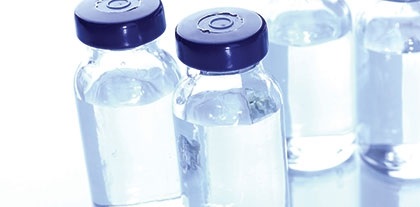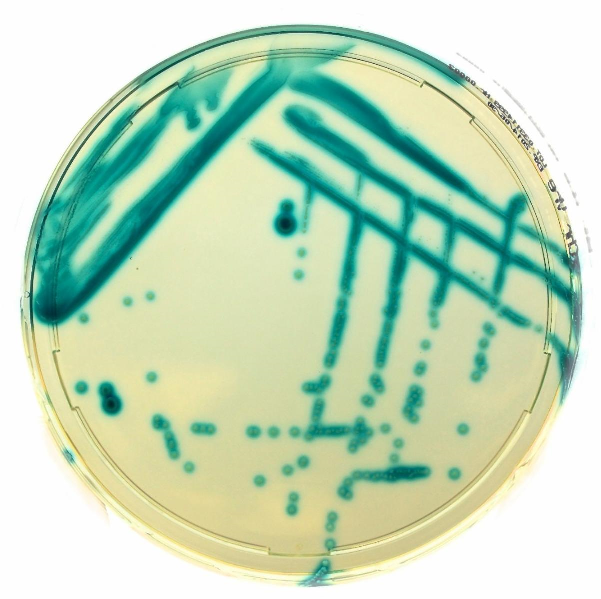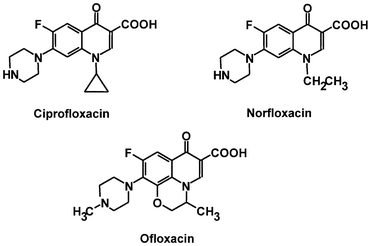Therapeutic drugs are administered in various ways, and these include parenteral and oral administration. Other routes of drug administration include:
- Sublingual administration (in which drugs are placed under the tongue),
- Intranasal administration (in which the drug is administered through the nose),
- Rectal administration (in which drugs are administered via the rectum),
- Topical administration (in which drugs are applied topically i.e. on the skin surface),
- Inhalation administration (in which drugs are administered via the respiratory tract),
- Transdermal and intraventricular administration in which drugs are administered to the skin via transdermal patch and directly into the cerebrospinal fluid (CSF) respectively.
Parenteral and oral drug administrations are the two major routes of drug administration. Parenteral drugs refer to therapeutic agents that are not given through the mouth (i.e. orally) but via injections.
In parenteral drug administration, therapeutic agents are administered directly into the bloodstream where they assume systemic circulation. Drugs administered through parenteral routes are usually therapeutic agents that are poorly absorbed in the GIT. Therapeutic agents that are unstable in the gastric mucosa or fluid are also administered parenterally.
Parenteral drug administration is usually the best route of administering therapeutic agents to critically ill patients; and drugs administered via this method assumes a high bioavailability because they do not have to be dissolved first in the GIT fluid before being transported or distributed to the bloodstream for systemic circulation in the body.
The major routes of parenteral drug administration include:
- intravenous (IV) administration,
- intramuscular (IM) administration, and
- intraperitoneal or subcutaneous administration.
Most therapeutic agents are best administered orally i.e. through the mouth. Oral administration of therapeutic agents is often one of the commonest and versatile means of administering drugs; and the drugs can either be swallowed or chewed when administered via the mouth.
Drugs administered orally passes through the digestive tract or GIT to the stomach where they are either absorbed or transported to the portal circulation or the liver from where they enter the systemic circulation.
References
Arora D.R (2004). Quality assurance in microbiology. Indian J Med Microbiol, 22:81-86.
Ashutosh Kar (2008). Pharmaceutical Microbiology, 1st edition. New Age International Publishers: New Delhi, India.
Axelsen P.H (2002). Essentials of antimicrobial pharmacology. Humana Press, Totowa, New Jersey, USA. Al-Jasser A.M (2006). Extended – Spectrum Beta – Lactamases (ESBLs): A Global Problem. Kuwait Medical Journal, 38(3):171-185.
Bisht R., Katiyar A., Singh R and Mittal P (2009). Antibiotic Resistance – A Global Issue of Concern. Asian Journal of Pharmaceutical and Clinical Research, 2 (2):34-39.
Block S.S (2001). Disinfection, sterilization and preservation. 5th edition. Lippincott Williams & Wilkins, Philadelphia and London.
Joslyn, L. J. (2000). Sterilization by Heat. In S. S. Block (Ed.), Disinfection, Sterilization, and Preservation (5th ed., pp. 695-728). Philadelphia, USA: Lippincott Williams and Wilkins.
Nally J.D (Ed.) (2007). Good manufacturing practices for pharmaceuticals. Sixth edition. Informa Healthcare USA, Inc, New York.
Discover more from Microbiology Class
Subscribe to get the latest posts sent to your email.





